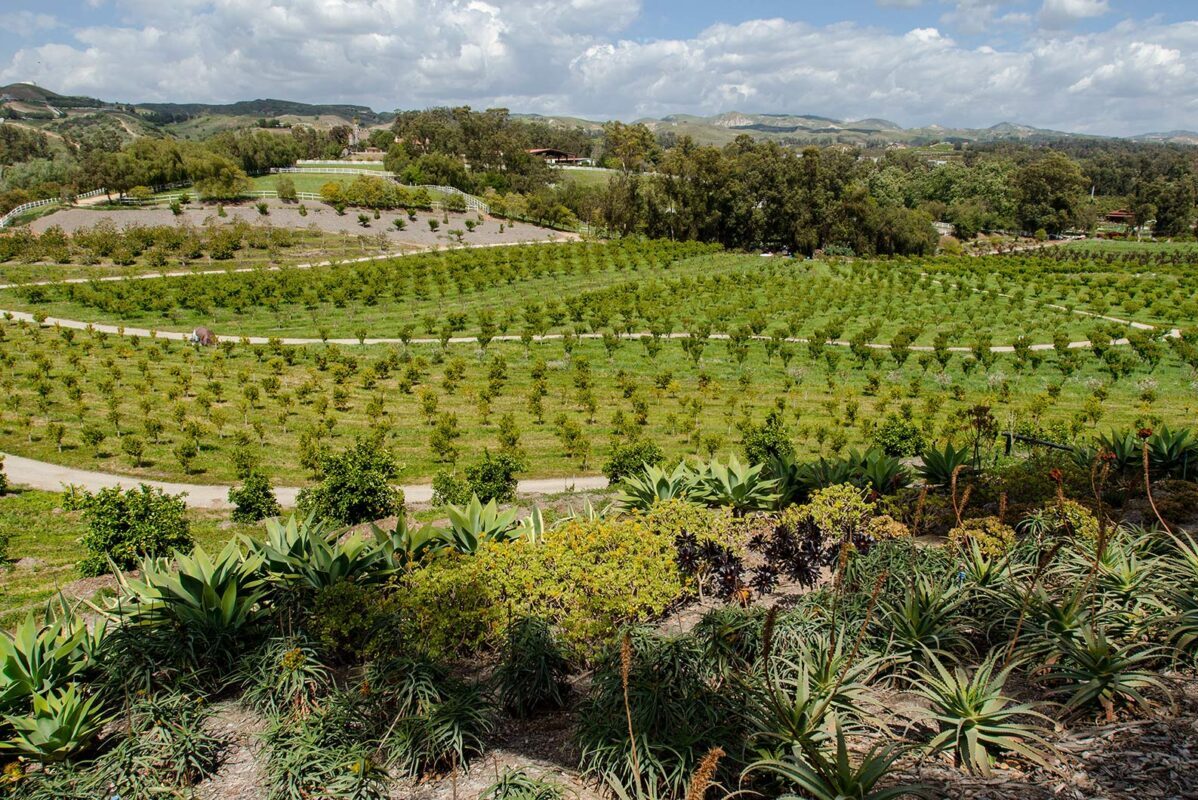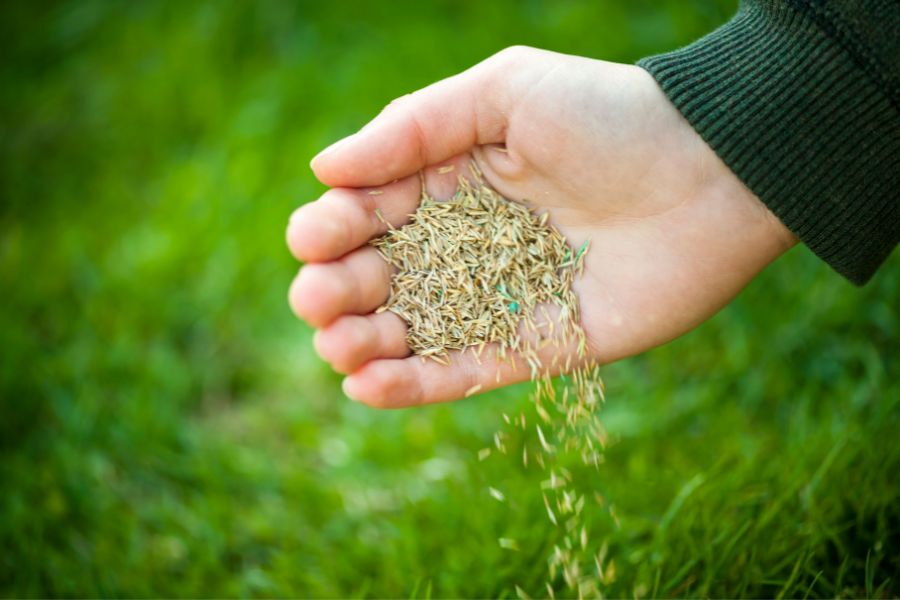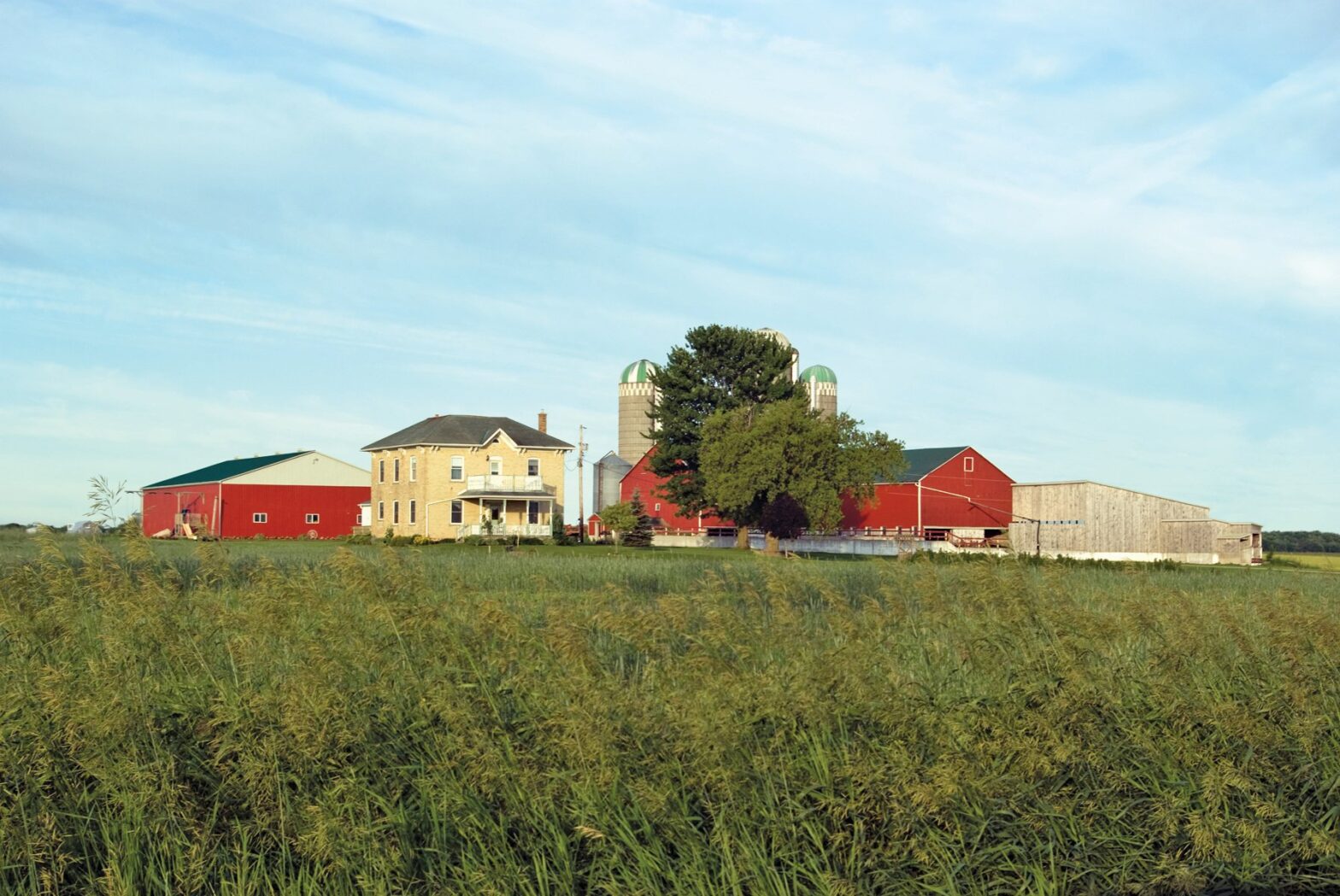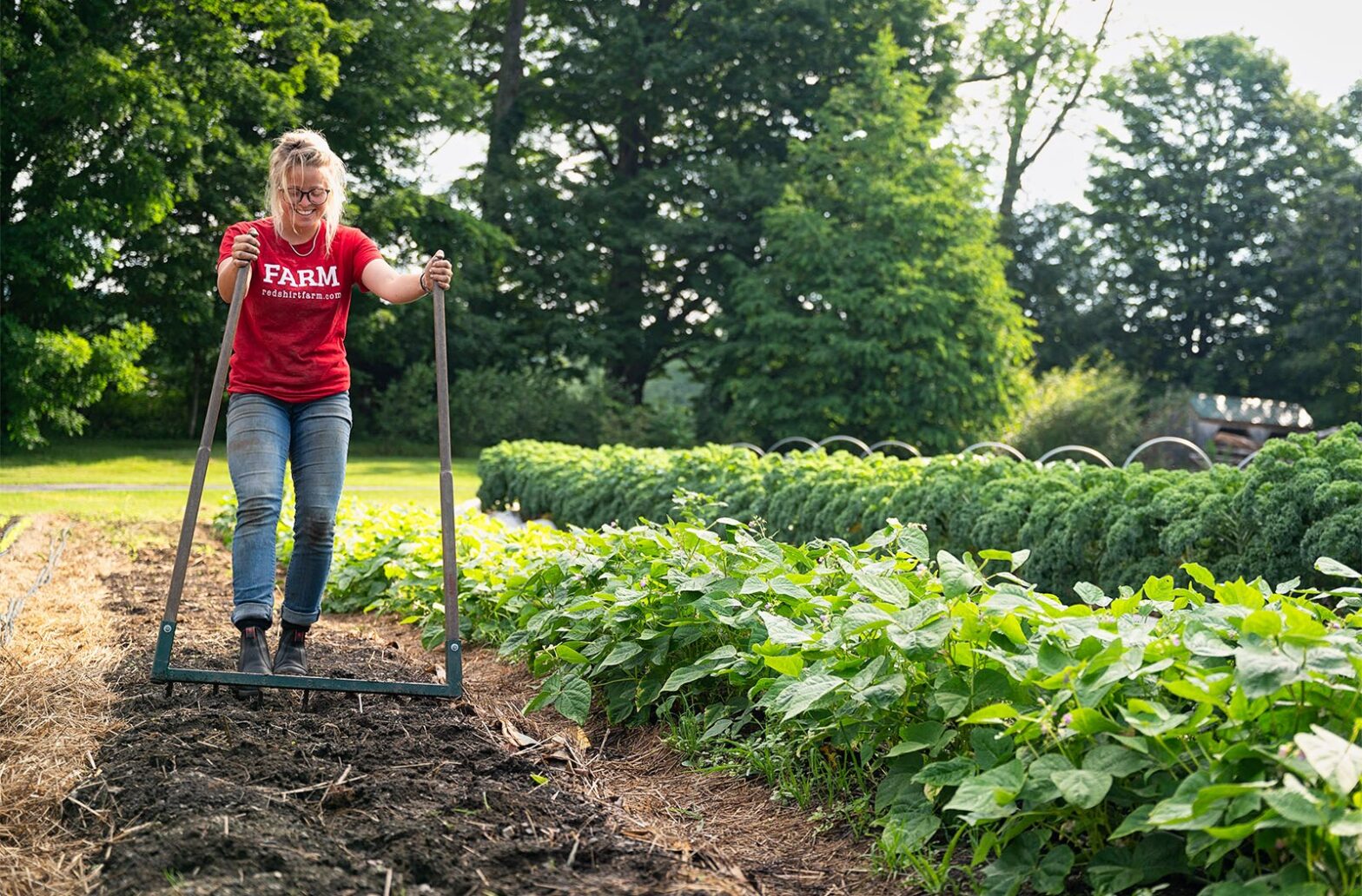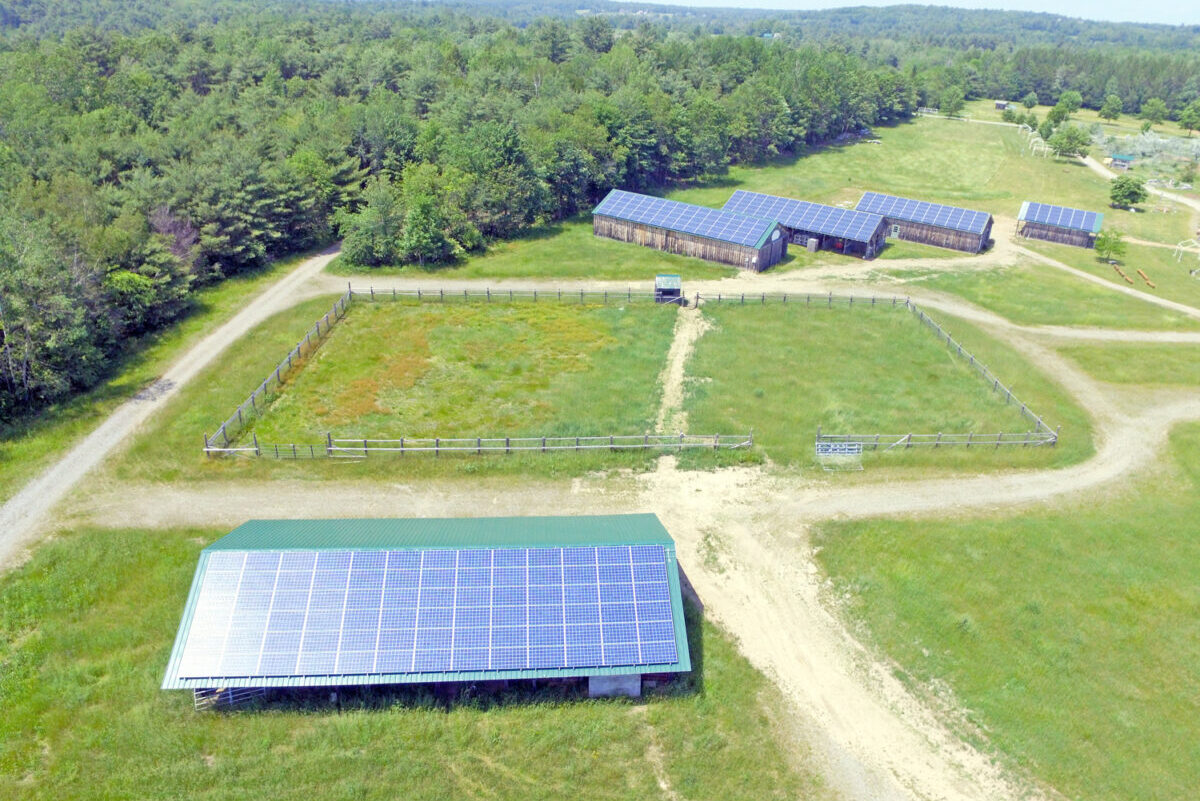Food and agriculture have a very large impact. The United Nations reported that agriculture, including livestock, aquaculture, and irrigation, makes up over 60% of the water taken out in the world every year. The natural source for food is decreasing because of overfishing, irresponsible use of water, poor soil fertility, land degradation, and marine environment deprivation.
The present condition of food and agriculture poses an immediate threat to the resilience and health of people and the earth. More than 700 million people experienced dangerous levels of food uncertainty in 2019.
The good news is that there is a way to change food and agriculture habits for better health and fairness, restoration of diverse ecosystems, and making stronger communities. This is where regenerative organic agriculture comes into play.
Regenerative organic agriculture provides an opportunity that is more than the philosophy of sustainability. Rather than concentrating on sustainability to maintain balance in the environment, it works on generating and improving the soil and other components of the agriculture system. This is similar to organic agriculture since it focuses on improving soil organic matter levels, improving biodiversity, and providing soil life habitat.
It can be understood that non-organic regenerative agriculture utilizes many methods and substances that are not allowed in organic agriculture. Organic culture means not utilizing genetically-modified produce artificial fertilizers or pesticides. This is what makes regenerative and organic methods together important.
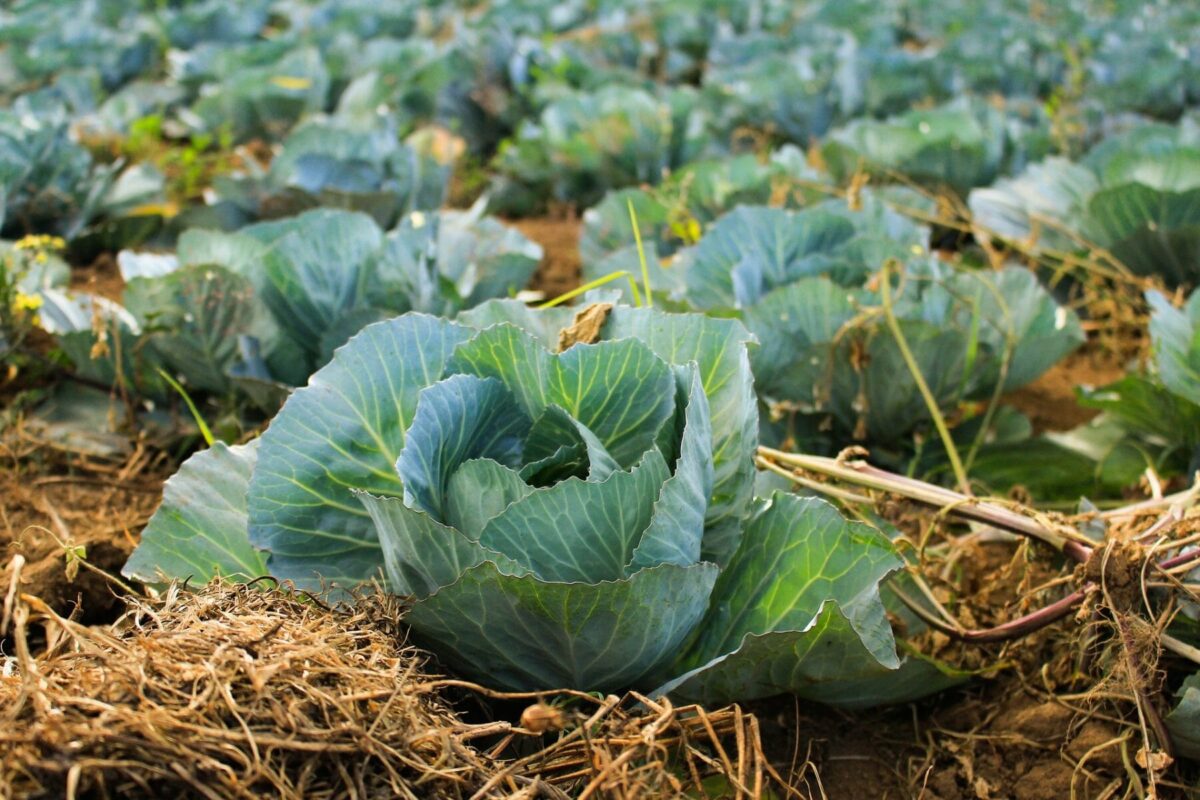
Some of the primary regenerative organic culture practices are lessening tilling, maintaining the protection of soil as much as possible, boosting soil with nutrients and organic matter through plant material and composted manure, managing rotational feeding, giving outdoor access to all livestock, agroforestry, and giving social justice to workers and people who are part of the supply chain.
Lessening tilling or cultivation of land allows organic matter to go back and feed the soil and lessen the production of carbon in the atmosphere. Even though it also leads to good soil structure, too much soil tilling affects the natural processes and microbial structure. Lessening tillage improves the absorption capacity of the soil, so it can absorb and keep more nutrients and water. Therefore, it is more resistant to drought and flooding.
Organic matter should go back to the soil to have better soil fertility. This is possible by covering it with mulches, compost, or crops. You can also leave crop residue in the field. Nutrients circulate when the soil is healthy. As a result, crops have more and better nutrients and can strengthen crops without the use of chemicals.
Animal grazing is considered one of the ideal ways to regenerate the soil. When animals are allowed to graze on the field, they step on plants. This stimulates plant growth. Moreover, it gives the plants the time to recover before animals graze again. Crushed leaves and animal waste provide organic matter to the soil and make grasses and their deep roots more productive.
Biodiversity is enhanced when agroforestry is practiced. This can result in more life forms such as wild plants, helpful insects, and soil organisms. These life forms become more resilient. They can better withstand floods and drought because of the tree roots and canopy.

